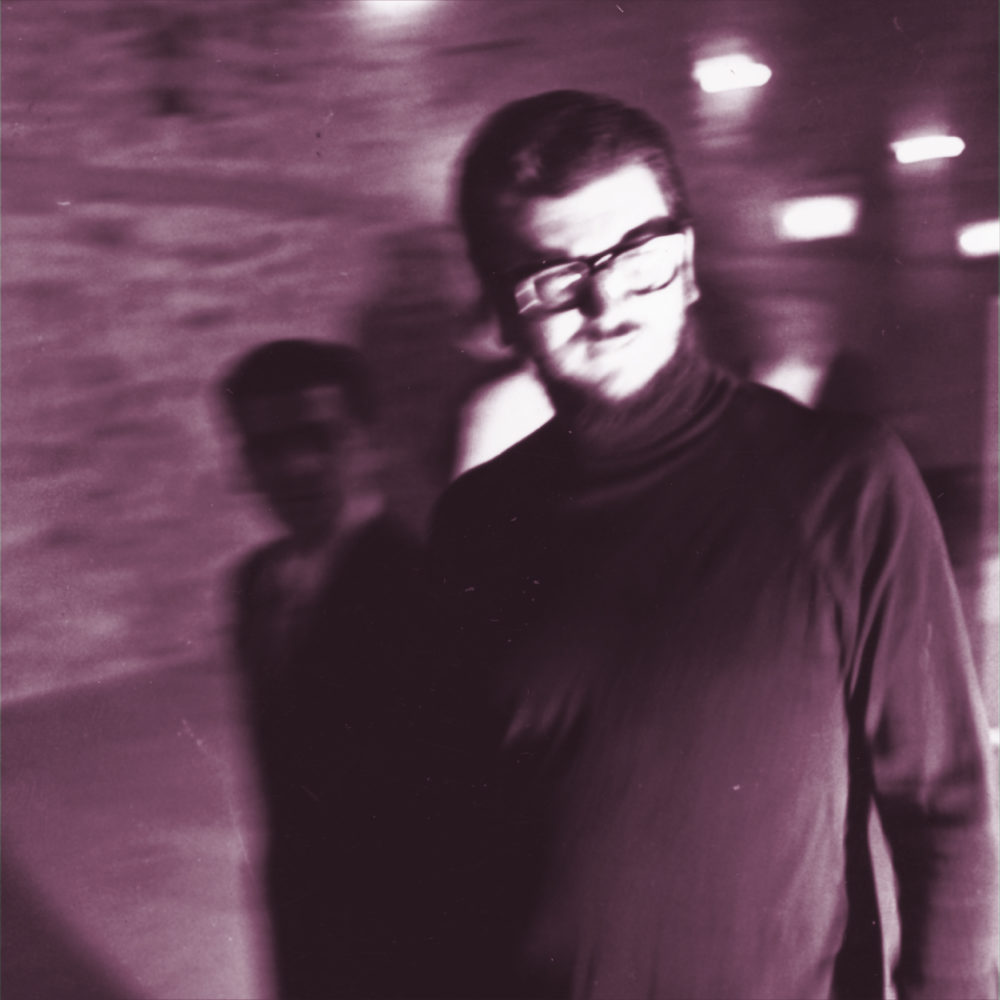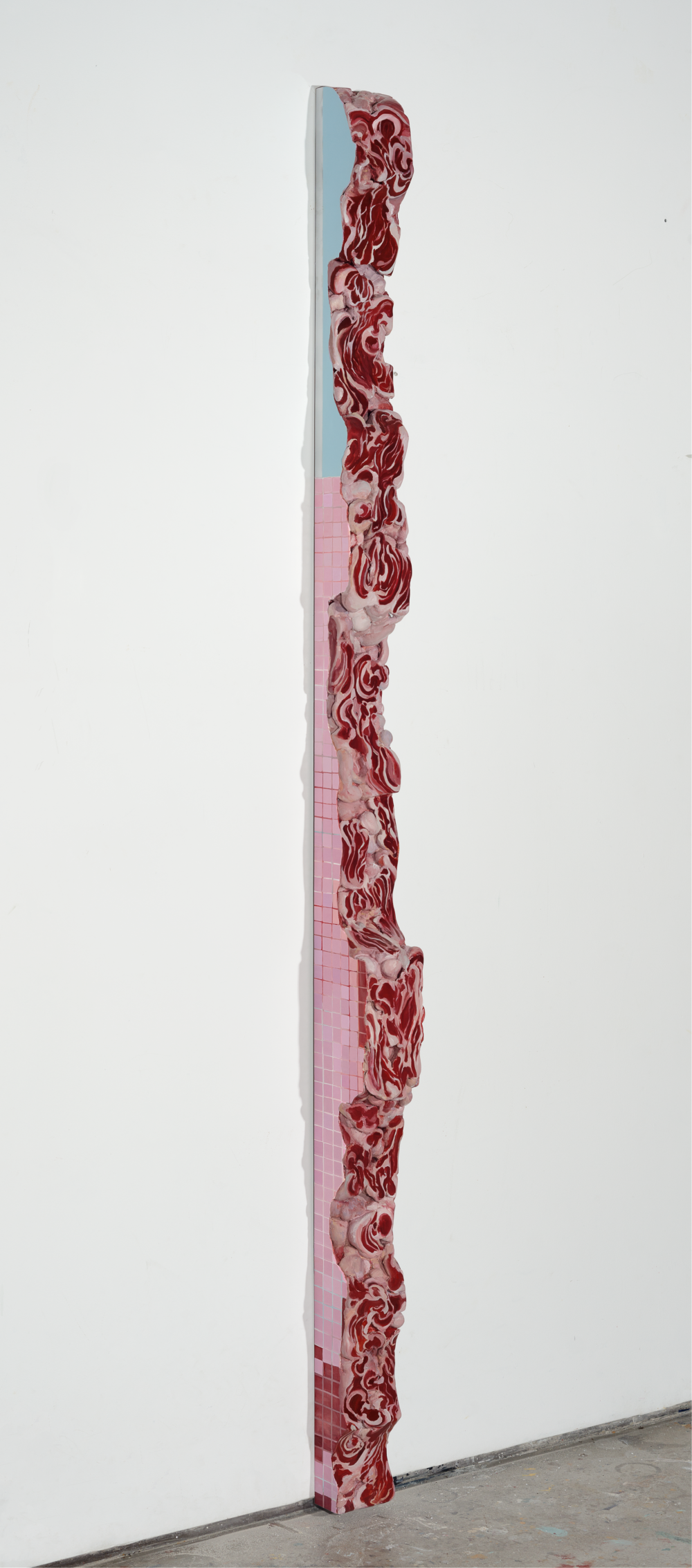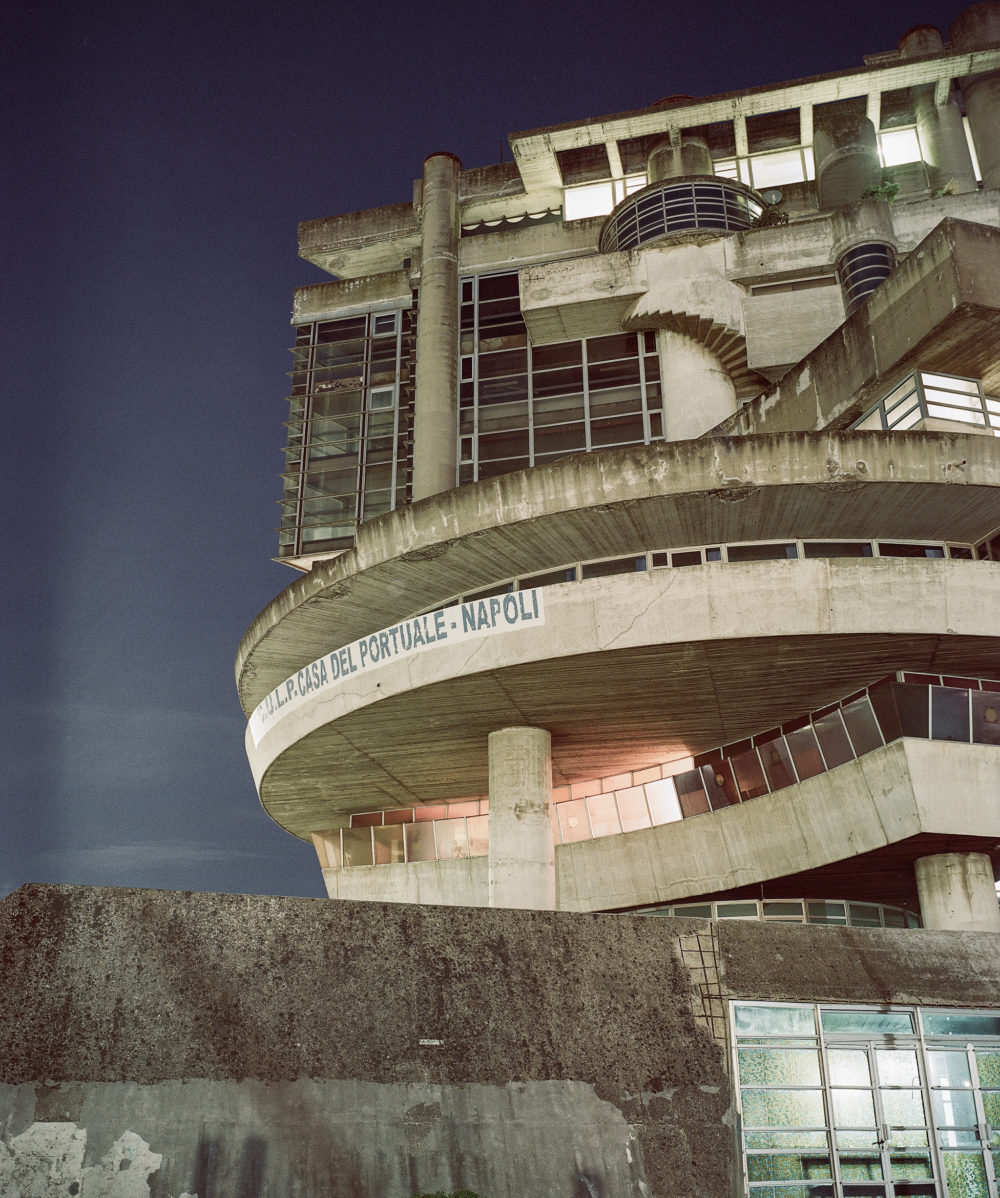Among the projects promoted by Marcello Rumma, the three editions of the Rassegna d’Arte Internazionale in Amalfi, among others.
The first edition, Aspetti del “ritorno alle cose stesse”, curated by Renato Barilli in 1966, took the form of a discourse in real time on the relationship between images and their referents in reality. Contemporary painting in Italy was analysed by a number of artists, including Valerio Adami, Fernando De Filippi, Lucio Del Pezzo, Bruno Di Bello, Tano Festa, Giosetta Fioroni, Laura Grisi, Titina Maselli, Concetto Pozzati, Mario Schifano, and Emilio Tadini.
L’impatto percettivo, curated by Alberto Boatto and Filiberto Menna in 1967, explored the theme of perception in contemporary artistic research, mainly in the form of Pop and Op Art. Here, together with the works of American artists such as Robert Indiana, Jasper Johns, Ellsworth Kelly, Roy Lichtenstein, Kenneth Noland, Richard Smith, Frank Stella, Joe Tilson and Andy Warhol, there were also works by European masters such as Victor Vasarely and young Italian artists such as Rodolfo Aricò and Piero Dorazio, as well as Enrico Castellani, whose painting formed the backdrop to a conference on Lo spazio nell’arte d’oggi, chaired by Renato Barilli.
The third and last edition, Arte Povera più Azioni Povere, curated by Germano Celant in 1968, was the moment when researches related to Arte Povera – which was taking shape at the time and was being shown for the first time in a public space – fully established itself. “Works” by Giovanni Anselmo, Alighiero Boetti, Luciano Fabro, Jannis Kounellis, Mario and Marisa Merz, Giulio Paolini, Pino Pascali, Gianni Piacentino, Michelangelo Pistoletto, and Gilberto Zorio were all shown, along with “actions” – which also moved outside the exhibition space to take over the city and the landscape – by Riccardo Camoni, Paolo Icaro, Pietro Lista, Gino Marotta, Plinio Martelli, Carmine Limatola known as Ableo, Annemarie Sauzeau Boetti, and Pistoletto’s Zoo. Three foreign artists, Jan Dibbets, Richard Long and Ger van Elk also took part to the event, at the invitation of Piero Gilardi.
In 1968, Rumma also put on a series of exhibitions entitled Ricognizione cinque, curated by Angelo Trimarco, which consisted of five solo exhibitions (Agostino Bonalumi, Marcolino Gandini, Aldo Mondino, Gianni Ruffi, and Gilberto Zorio) at the venues of Einaudi 691 and New Design in Salerno.
Marcello Rumma also worked on other fronts, from collecting (in just a few years he built up one of the most important private collections in southern Italy) to teaching – at the Centro Studi Colautti, which promoted prizes for young artists, was his brainchild. He also launched three magazines, “Il Ponte”, “Rapporti”, and “Nuove Angolazioni”.
In 1968 Rumma set up the Rumma Editore publishing house, which was the first in Italy to publish key works on art, theatre, cinema, literature, and philosophy, which explored the very latest topics in contemporary culture: Ontologia e storia in Edmund Husserl (1968), Chiave della poesia [Clef de la poésie] by Jean Paulhan (1969), Filosofia del surrealismo [Philosophie du surréalisme] by Ferdinand Alquié (1969), Oasi della gioia, idee per una ontologia del gioco [Oase des Glucks: Gedanken zu einer Ontologie des Spiels] by Eugen Fink (1969), Storia e futurologia [History and Futurology] by Ossip K. Flechtheim (1969), Marchand du Sel by Marcel Duchamp (1969), L’uomo nero, il lato insopportabile, by Michelangelo Pistoletto (1970), and Il cinema dell’Utopia by Paolo Bertetto (1970).
The Rassegne in Amalfi and, later, the Rumma Editore publishing house were both inspired by his conversations with the curators of the exhibitions he organised as well as with intellectuals who were active during those six years in Salerno, as Achille Bonito Oliva, Achille Mango, Aldo Masullo, and Edoardo Sanguineti. This way of interpreting the need for renewal at the time involved trying out new theoretical approaches, shifting from Georg Wilhelm Friedrich Hegel’s and Benedetto Croce’s idealism and proceeding towards the “things themselves” as expounded in Edmund Husserl’s phenomenology. This led to an unprecedented intermingling of disciplines, bringing about a new form of cultural entrepreneurship in the Italian Mezzogiorno. It showed that processes could be put in place to reshape the territory itself, reconfiguring it not just as a geographical location but also as an intellectual laboratory.
In this sense, this exhibition does not intend to be a re-enactment or a celebration, but rather it aims to provide a critical reassessment of the effects that these experiences led to. It aims to illustrate the complexities of that strategy, reinvesting it in an action that is able to open up new areas of research, narration and experience.
This exhibition, organised in close collaboration with the Archivio Lia Incutti Rumma, is the outcome of a study carried out as part of the research project Contesto 1_MADREscenza2020 realized in the context of ARCCA-ARchitettura della Conoscenza CAmpana. Together with a selection of works from Rumma’s own collection and from the exhibitions he conceived and promoted, it also includes a selection of documents, most of which have never been exhibited before, which place Rumma’s wide-ranging and meticulous activities in their historic context.
The concept behind the exhibition is based on a selection of different but highly evocative and descriptive materials that illustrate Rumma’s working method and meteoric life. Next to the works, some of which are original, while others illustrate the research carried out by the artists that Rumma worked with, on view there will also be his original correspondence with artists and curators, along with project sketches, invitation cards, brochures, posters, press releases, catalogues, artist’s books and the television documentary made for RAI by the director Emidio Greco, on the occasion of Arte Povera più Azioni Povere.
In the exhibition, which is arranged in chronological order, the various galleries examine evidence from the archive, adopting an approach inspired solely by its content, joining up several different lines of research. The various periods were first examined, and then potential exhibition formats and methods were visualised, combining critical philology and comparative representations, in order to draw up an indirect portrait of Rumma. All of this was to be set against the broader, interconnected background of the cultural climate at the time. Each gallery illustrates a topic, an episode, or a particular subject, with parables of life, art and culture told through paintings, sculptures and installations, together with letters, photographs, newspaper clippings, magazines and books. This means that the exhibition does not just focus on the works of art and on the artists, or on issues such as patronage, collecting, cultural politics, the Mezzogiorno, or on politics, or on other exhibitions and their critics and curators. Ultimately, it focuses on Marcello Rumma himself, starting from the only facts that are incontrovertible: the few years of his public activity.
In this way, as in a theatre of memory that suggests the form of an expanded archive, the eleven sections of the exhibition retrace the six years of Rumma’s public activity, from 1965 to 1970, illustrating the input they offered for subsequent artistic research and intellectual debate.


